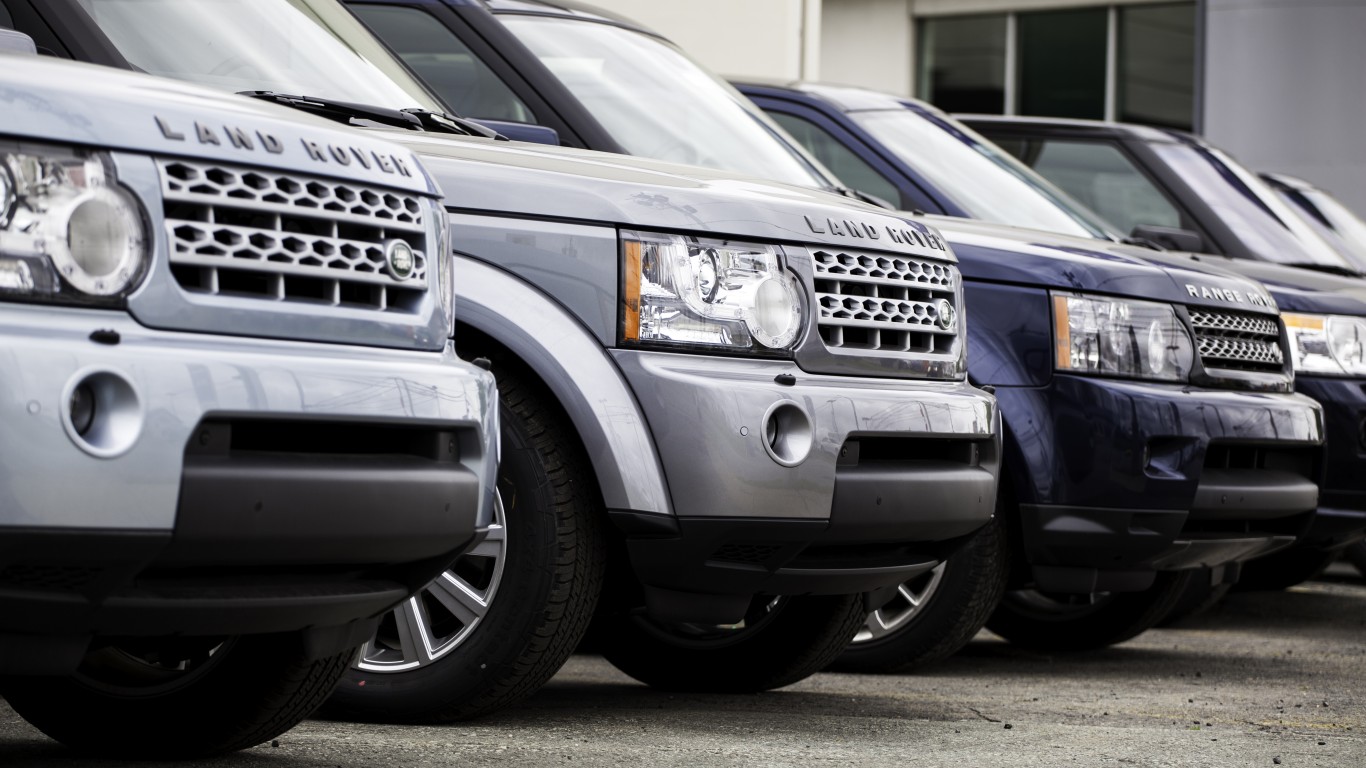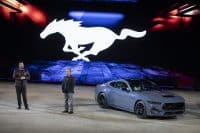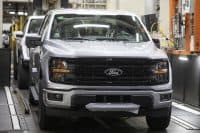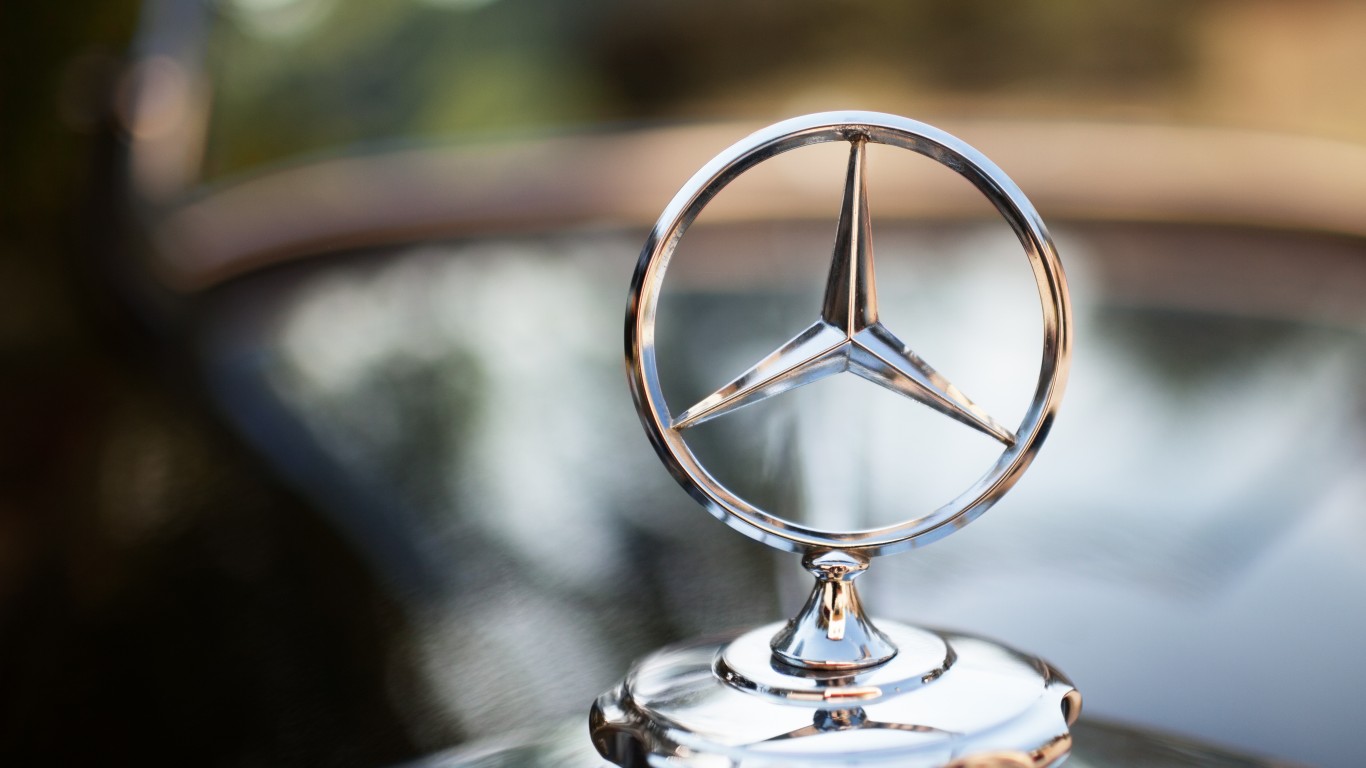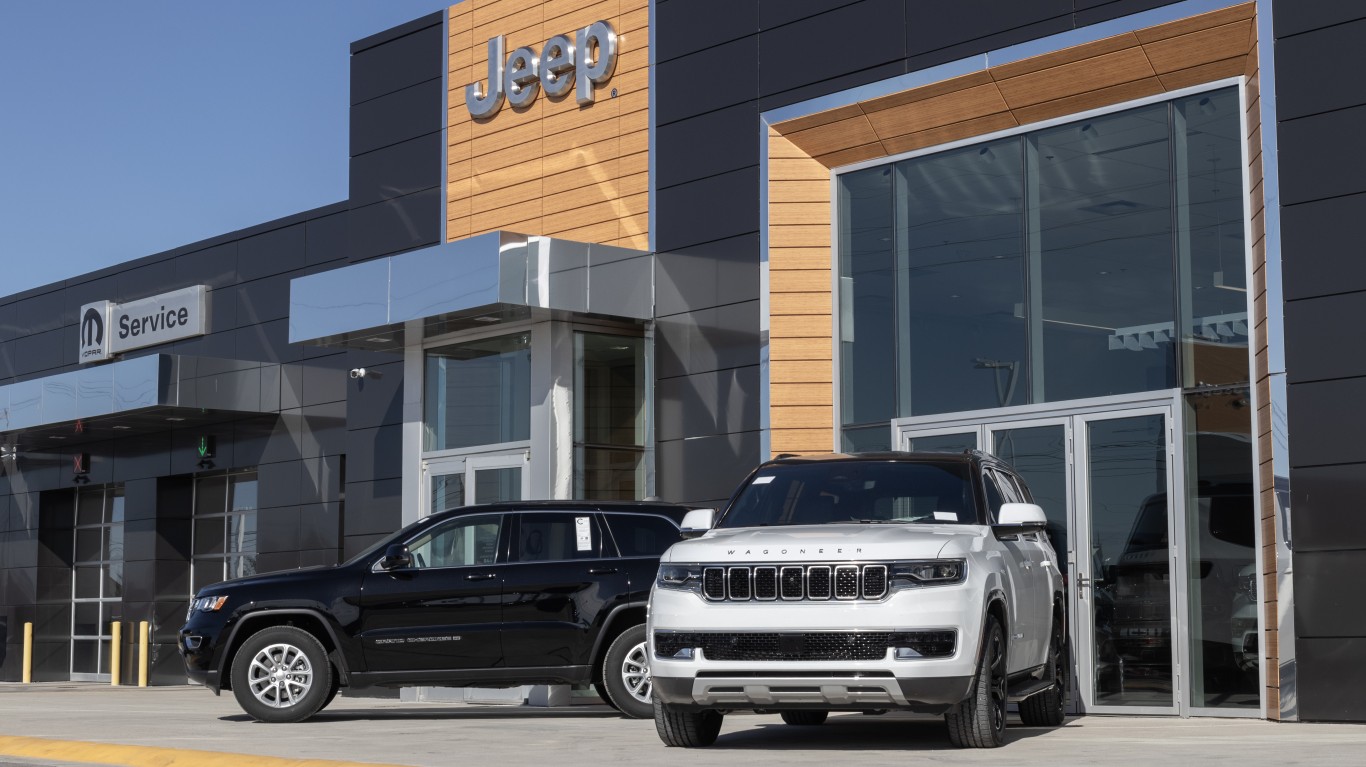
Demand for automobiles in the United States has been at a fever level for three years. Prices have risen as pandemic-driven parts shortages slowed production lines. Dealers were able to charge above the manufacturer’s suggested retail price for models consumers had trouble finding. Recently, as car production has risen to normal levels, supply has jumped. Although some cars are in short supply, a few models still sit on dealer lots for months. (These are the best-selling cars in America.)
[in-text-ad]
One measure of car supply and demand is “days on market,” sometimes called “days to turn.” This is how long a dealer holds a car from delivery from the manufacturer to delivery to a customer.
According to iSeeCars, the average days on market was 48.2 in July, because of improved supply, which compares to 38.4 in July 2022 when there were still shortages.
A few cars are on the market for about 10 days. These are all sport utility vehicles or crossovers. The Toyota Grand Highlander Hybrid has days on market of 9.2. The extremely expensive Land Rover Range Rover has a number of 10.4. Its average price is $149,241. The average days on market of the Toyota Grand Highlander is 10.7.
Some models linger on lots for over 90 days. The model with the highest days on market is the Jeep Cherokee. Its figure is 128.7 days. With an average price of $39,238, the Cherokee is one of Jeep’s mid-priced models. The more expensive Grand Wagoneer has a base price of $91,140, and the Compass is $28,400.
These are the car models with the longest days on market:
- Jeep Cherokee (128.7)
- Land Rover Discovery Sport (119.4)
- Buick Envision (117.0)
- Ford Mustang (108.6)
- Mazda MX-5 Miata (107.3)
- Lincoln Aviator (105.1)
- Nissan LEAF (95.2)
- Ford Edge (93.6)
- Nissan Murano (88.7)
- Infiniti QX80 (87.2)
Are You Still Paying With a Debit Card?
The average American spends $17,274 on debit cards a year, and it’s a HUGE mistake. First, debit cards don’t have the same fraud protections as credit cards. Once your money is gone, it’s gone. But more importantly you can actually get something back from this spending every time you swipe.
Issuers are handing out wild bonuses right now. With some you can earn up to 5% back on every purchase. That’s like getting a 5% discount on everything you buy!
Our top pick is kind of hard to imagine. Not only does it pay up to 5% back, it also includes a $200 cash back reward in the first six months, a 0% intro APR, and…. $0 annual fee. It’s quite literally free money for any one that uses a card regularly. Click here to learn more!
Flywheel Publishing has partnered with CardRatings to provide coverage of credit card products. Flywheel Publishing and CardRatings may receive a commission from card issuers.
Thank you for reading! Have some feedback for us?
Contact the 24/7 Wall St. editorial team.
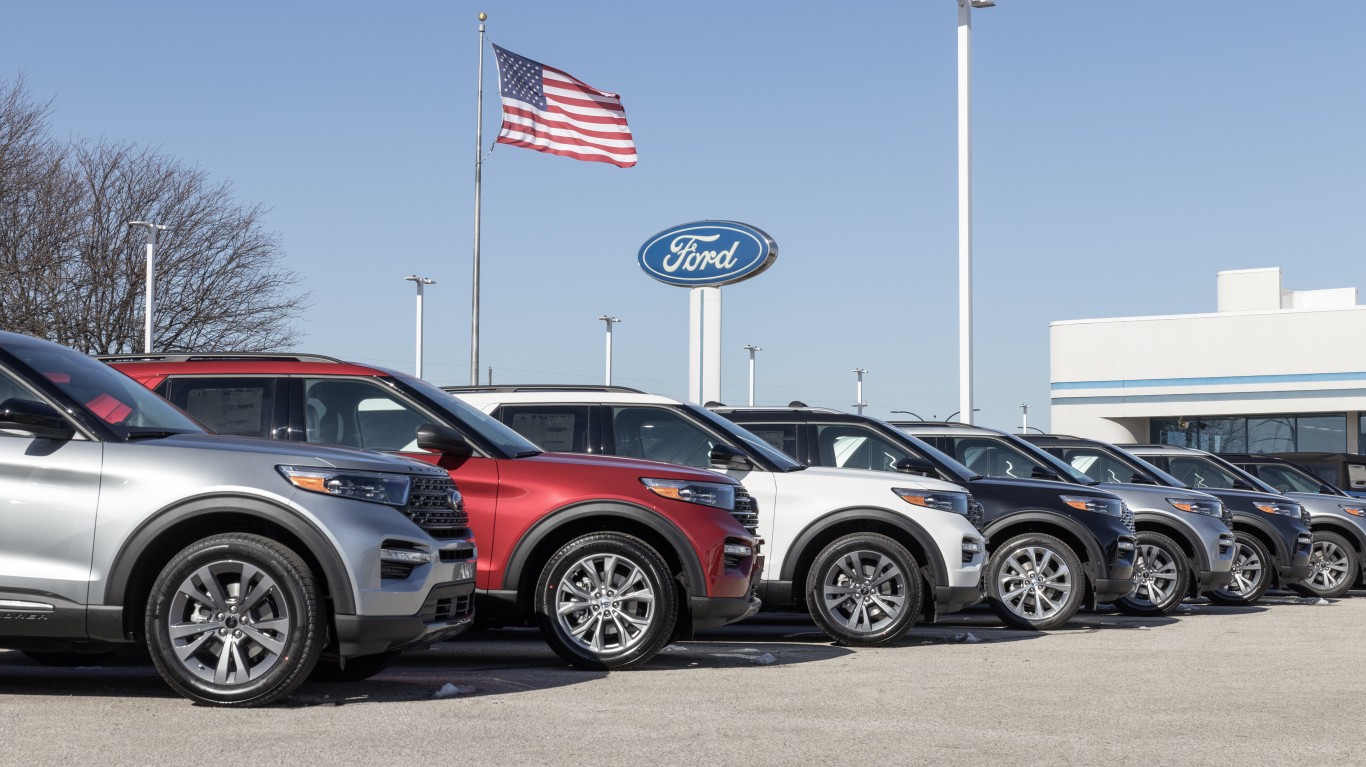 24/7 Wall St.
24/7 Wall St.